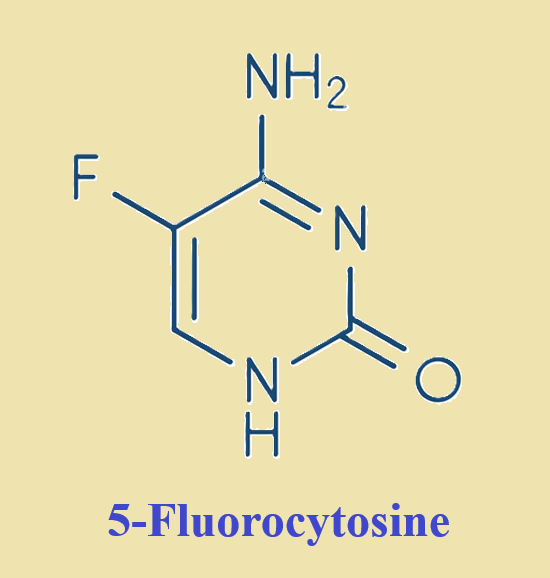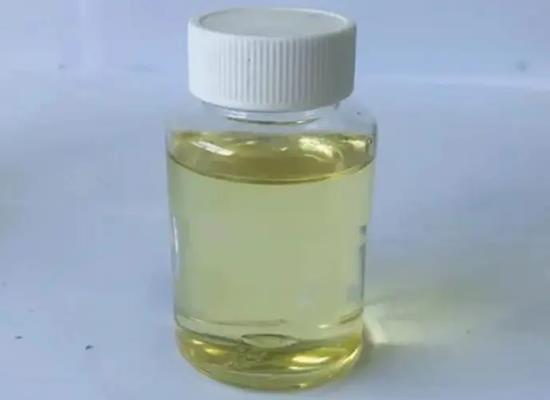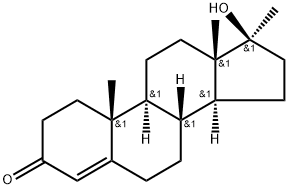17-Methyltestosterone: Overview and Effects in Pseudorasbora Parva
Feb 7,2024
General Description
17-Methyltestosterone, a synthetic androgen with both androgenic and estrogenic effects, serves as an endocrine-disrupting compound with applications in medicine and aquaculture. Despite its therapeutic uses, concerns over its environmental impact led to bans in the EU, US, and China. However, 17-Methyltestosterone continues to contaminate water sources, raising ecological concerns. Research on Pseudorasbora parva indicates that MT exposure inhibits gonadal development and disrupts hormonal regulation, affecting key reproductive hormones and gene expressions. This disruption extends to various biological processes, emphasizing the need for further investigation into 17-Methyltestosterone's environmental and physiological effects.
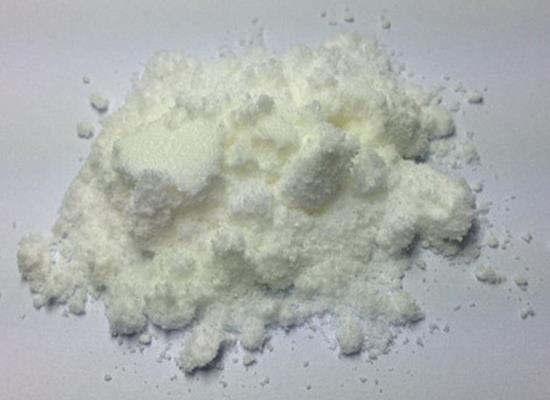
Figure 1. 17-Methyltestosterone
Overview
17-Methyltestosterone is a synthetic androgen that exhibits both androgenic and estrogenic effects, categorizing it as an endocrine-disrupting compound (EDC). Primarily utilized in medicine, 17-Methyltestosterone has been employed to treat various conditions such as breast cancer, delayed puberty, hypogonadism in males, and postpartum breast pain. Additionally, 17-Methyltestosterone found applications in animal husbandry and aquaculture, particularly in China, where it was used to induce masculinization in fish. However, due to concerns over its environmental impact, regulatory bodies in the European Union, the United States, and China have successively banned its use in livestock and aquaculture, with China implementing bans in 2001 and 2003 respectively. Despite these prohibitions, recent years have seen the detection of 17-Methyltestosterone and other androgens in underground rivers and sewage treatment plants, highlighting ongoing environmental contamination issues. For instance, concentrations as high as 250 ng/L of 17-Methyltestosterone and 2000 ng/L of androstenedione were reported in wastewater from the Pacific Northwest, while a sewage plant in Japan detected androstenone levels up to 1441 ng/L. These findings underscore the persistent presence of androgens in water bodies, raising concerns about the effectiveness of current regulations and the need for ongoing monitoring and mitigation efforts. 1
Effects in Pseudorasbora parva
A study on the effects of 17-Methyltestosterone on Pseudorasbora parva reveals significant insights into the compound's impact on gonadal development and hormonal regulation in fish. Initially, the research highlights that a 7-day exposure to 17-Methyltestosterone resulted in decreased Gonadosomatic Index (GSI) and vitellogenic oocyte numbers in female P. parva, indicating an inhibition of gonadal development. However, prolonged exposure periods showed less variation in GSI, suggesting a potential stress adaptation in fish that could mitigate 17-Methyltestosterone's disrupting effects over time. The study further discovered that 17-Methyltestosterone impedes the maturation of germ cells and inhibits gonadal development in both male and female P. parva by affecting key hormones and gene expressions involved in the reproductive cycle. Specifically, 17-Methyltestosterone disrupted the levels of follicle-stimulating hormone (FSH), luteinizing hormone (LH), testosterone (T), 11-ketotestosterone (11-KT), estradiol (E2), and vitellogenin (VTG), demonstrating a concentration-dependent effect on steroid hormone levels in females. This disruption was also evident in the altered transcriptional profiles of crucial steroidogenesis genes, such as 11bHSD2, cyp11b, cyp17a1, and cyp19a1a, across different concentrations of 17-Methyltestosterone. Moreover, the study underlines the role of the Hypothalamic-Pituitary-Gonad-Liver (HPGL) axis in controlling gamete maturation, with 17-Methyltestosterone exposure disturbing the stability of this axis by affecting the expression of genes critical to the steroidogenic pathway. The down-regulation of testicular mRNA expression levels of key genes in androgen synthesis pathways further explained the decrease in androgens and the inhibition of spermatogenesis in males. Interestingly, the research identified that MT exposure enriched three pathways in both sexes: cell adhesion molecules, cytokine-cytokine receptor interaction, and neuroactive ligand-receptor interaction. These findings suggest that 17-Methyltestosterone not only disrupts gonadal development but also impacts various biological processes crucial for maintaining tissue structure, intercellular regulation, and signaling pathways. In conclusion, the study presents a comprehensive view of how 17-Methyltestosterone exposure significantly disrupts the reproductive health and hormonal balance in Pseudorasbora parva, highlighting the need for further research into the environmental and physiological implications of such endocrine-disrupting chemicals. 2
Reference
1. Ong SK, Chotisukarn P, Limpiyakorn T. Sorption of 17a-methyltestosterone onto soils and sediment. Water Air Soil Pollut. 2012;223:3869e75.
2. Wang J, Zhou J, Yang Q, et al. Effects of 17 α-methyltestosterone on the transcriptome, gonadal histology and sex steroid hormones in Pseudorasbora parva. Theriogenology. 2020;155:88-97.
- Related articles
- Related Qustion
- 17-Methyltestosterone: synthesis and chemical reactions Jul 3, 2023
17-Methyltestosterone is a synthetic derivative of testosterone used in healthcare steroid manufacturing.
- What is 17-Methyltestosterone? Sep 14, 2021
Methyltestosterone (17-Methyltestosterone), whose chemical name is 17b-hydroxy-17a-methylandrost-4-en-3-one, is a hormone steroid drug developed by the former Ciba company in Switzerland and has been marketed in many countries.
Yes. The therapeutic fluoropyrimidines 5-fluorouracil (5-FU) and 5-fluorocytosine (5-FC) have long been used to treat human cancer and severe invasive fungal infections, respectively.....
Dec 16,2024Biochemical Engineering1,4-Butane sultone aids in creating efficient fuel cells but requires cautious handling due to its potential health and environmental risks.....
Feb 7,2024API17-Methyltestosterone
58-18-4You may like
17-Methyltestosterone manufacturers
- 17-Methyltestosterone
-
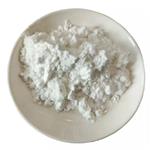
- $30.00 / 1box
- 2025-01-08
- CAS:58-18-4
- Min. Order: 1box
- Purity: 98%
- Supply Ability: 2000kg
- Methyltestosterone
-
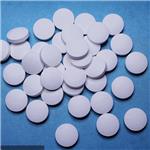
- $0.00 / 1Bottle
- 2025-01-07
- CAS:58-18-4
- Min. Order: 1Bottle
- Purity: 99%
- Supply Ability: 20000
- 17-Methyltestosterone
-

- $426.00 / 1KG
- 2025-01-06
- CAS:58-18-4
- Min. Order: 1KG
- Purity: 98%
- Supply Ability: 1-500kg




